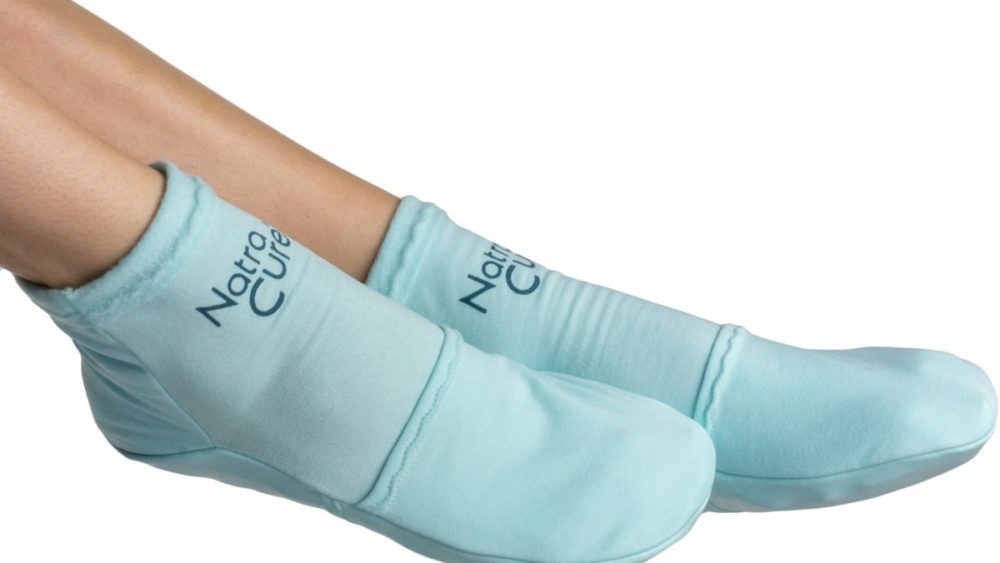People who are undergoing chemotherapy treatment often prepare themselves for the known risk of hair loss. However, many do not know how chemotherapy effects the feet, so when it comes to skin and nail changes, they are often surprised. Consequently, they often present to a podiatrist with severe painful toenails.
Chemotherapy works by destroying cells that are rapidly dividing, which is why it is successful in killing cancer cells. Unfortunately it does not differentiate the body’s own rapidly dividing cells and the cancerous cells.
The bodies own rapidly dividing cells that are most commonly effected are:
- Blood cells, including platelets.
- Cells in the digestive system.
- Peripheral nerve endings (such as the feet and hands).
- Skin, hair and nail cells.
How Chemotherapy Effects The Feet:
- Bruising and swelling in the feet.
- Peeling skin on the soles of the feet.
- Heel cracks, due to excessive skin dryness.
- Loss of feeling or tingling sensation in the feet.
- Increased risk of infections and nail bed ulceration.
- Pain, discolouration, separation, brittleness, crumbing and lifting of the toenails.
- Fungal nail infections, secondary to trauma and weakening of nails from chemotherapy treatment.
- Redness and swelling around the toenail cuticles.
The type of nail changes and the severity is often dependent to the duration of the treatment. Patients are often given cold gloves to reduce the uptake of the chemotherapy drugs in the hands, but rarely are cold socks given to patients to protect their feet.
How Podiatrist Can Help:
- Provide nail care with sterilised instruments, to minimise the risk of infection.
- Remove ingrown toenails, painful corns or callus.
- Debride and sand cracked heels and suggest an appropriate skin care regime to minimise heel splitting.
- Resect and thin nails to reduce pain and improve appearance.
- Clean and dress any wounds, providing wound care and redressing advice.
- Assess sensation and blood flow in feet and educate on precautions to take if nerve damage is present.
- Apply padding and offloading to the feet, if there is any bruising or pressure areas.
- Manufacture orthotics to provide comfort and support to the feet.
- Footwear education to ensure a suitable fit to prevent further foot discomfort and trauma.
- Regular foot and nail care to reduce the long-term effects of chemotherapy, as it is possible that the nail changes are reversible in time.
At Well Heeled Podiatry we understand the skin and nail changes that can occur during chemotherapy. We can provide useful and practical advice during and after your treatment.
We encourage patients who are undertaking chemotherapy to insist on cold packs or cold socks over their toes during treatment.










